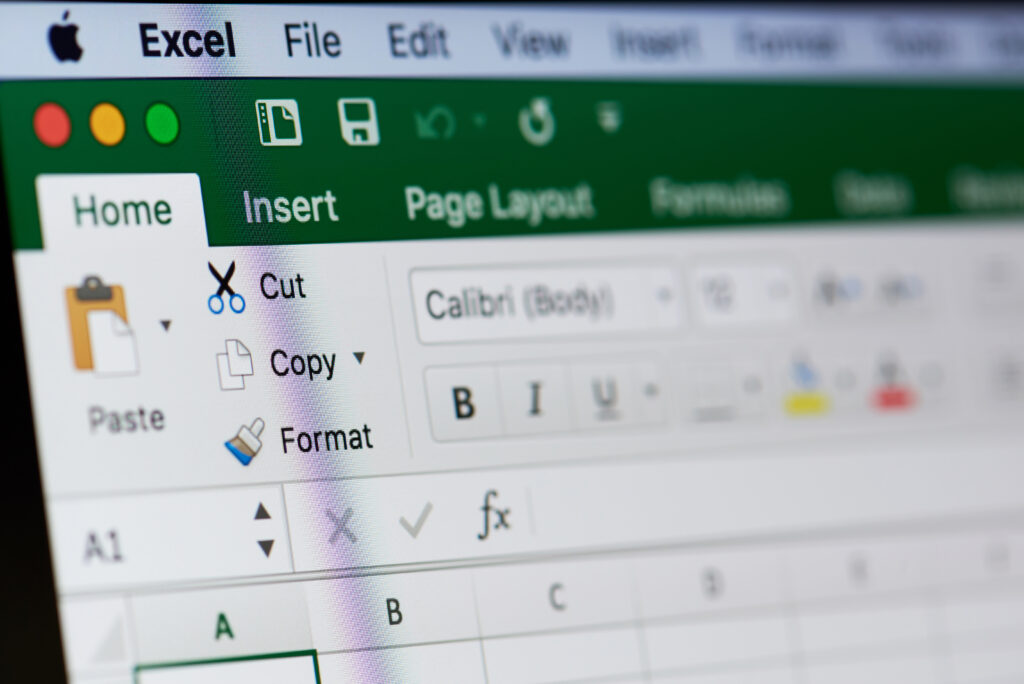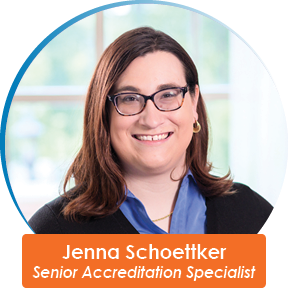While performing laboratory activities, such as testing or calibration, there are many instances in which results are required to be formatted in significant figures/digits. A common conundrum is understanding what exactly significant figures/digits are and how to properly round results to find them.
 A digit is considered significant if it is required to express the numerical value of a quantity as indicated in NIST SP 811 section 7.9. The comprehension of significance can be broken down into simple terms using the definition of significant digits from The American Heritage Dictionary of The English Language, New College Edition, as follows: “The digits of a decimal form of a number beginning with the leftmost [non-zero] digit and extending to the right to include all digits warranted by accuracy of measuring devices used to obtain a number.”
A digit is considered significant if it is required to express the numerical value of a quantity as indicated in NIST SP 811 section 7.9. The comprehension of significance can be broken down into simple terms using the definition of significant digits from The American Heritage Dictionary of The English Language, New College Edition, as follows: “The digits of a decimal form of a number beginning with the leftmost [non-zero] digit and extending to the right to include all digits warranted by accuracy of measuring devices used to obtain a number.”
Based on the definition, we can break down the understanding to the following rules:
• All whole non-zero digits are significant (i.e. 1 to 9)
• Zeros between non-zeros are significant
• Any trailing zeros after the decimal digits point are significant
• When moving left to right, the first non-zero figure is considered the first significant digit
Utilizing these rules, let’s break down a few numerical quantities as examples. Take the number 4012. This number has 4 significant figures. The digit ‘4’ acts as the first significant figure since it is a non-zero figure. Likewise, we use the same rule to indicate that ‘1’ is the third significant figure and ‘2’ is the fourth significant figure. Using the logic described in our second rule, ‘0’ would be considered the second significant figure, as it is listed between the non-zero values of ‘4’ and ‘1’.
Now, let’s look at the numbers 10.09 and 0.5900 as examples. Based on the rules above, 10.09 has four significant figures as the value has two whole non-zero values (1 and 9) and the zeros are listed between the non-zero values. As for 0.5900, this value would also be considered to have 4 significant figures as there are two non-zero figures and two trailing zeros after the decimal point.
When working with significant figures, note that many normative requirements may indicate a specific number of significant figures are to be utilized when performing activities. A prime example of this would be accredited calibration laboratory requirements. ILAC P14 requires that CMCs on a scope of accreditation and expanded uncertainties on accredited calibration certificates shall be expressed to no greater than 2 significant figures. Due to more stringent requirements, many organizations round their CMCs and uncertainties due to how they may have been generated.
Please note that per NIST GLP -9, intermediate calculations are not to be rounded as rounding intermediate values can cause rounding errors in the final results. Rounding should only be performed once the final expanded uncertainty is determined. GLP 9 breaks the rounding process down into 3 steps.
In the first step, ensure that the first two significant figures have been identified. Once identified, GLP 9 recommends either round using the even/odd method, standard spreadsheet rounding, or rounding uncertainties up.
For the sake of this article, we will break down the even/odd method. The even/odd method is what some may know as conventional rounding rules. When rounding, if the figure directly after the last figure being retained is less than five, remove the remaining figures leaving the figures retained unchanged.
If the figure after the last figure being retained is greater than five, the last retained figure would increase by a value of one. The more difficult instance of rounding using this method would be when the figure directly after the last figure being retained is exactly five. In this case GLP-9 indicates that if the retained digit is even to leave it unchanged and if the retained digit is odd to increase the retained figure by one. With this knowledge, the hope is that the common language of significant figures is more clearly understood and that individuals are empowered to make decisions to meet significant figure requirements.
For further information or any questions on significant figures and rounding rules, please contact A2LA at Info@A2LA.org or utilize the resources below for additional insight.

References
ILAC-G17:01/2021
The following reference for the management of significant digits for reporting of measurement uncertainty is useful: https://mechem.rd.ciencias.ulisboa.pt/ms-excel-spreadsheet-for-automatic-selection-of-significant-digits
ILAC-P14:09/2020 5.3
For the process of rounding, the usual rules for rounding of numbers shall be used, subject to the guidance on rounding provided i.e in Section 7 of the GUM.
NIST SP 811
Special publication 811 primarily focuses on the usage of the SI Units but contains critical information on the rules and styles of expressing values of quantities in section 7: https://www.nist.gov/pml/special-publication-811
NIST GLP 9
NIST GLP 9 focuses on utilizing proper rounding methods to ensure that the appropriate number of significant figures are expressed for expanded uncertainties and calibration values as mentioned above. If wanting to use rounding rules outside of the even/odd method detailed, this laboratory practice document provides insight on standard spreadsheet rounding, or rounding uncertainties up, as well as examples of other methods.
